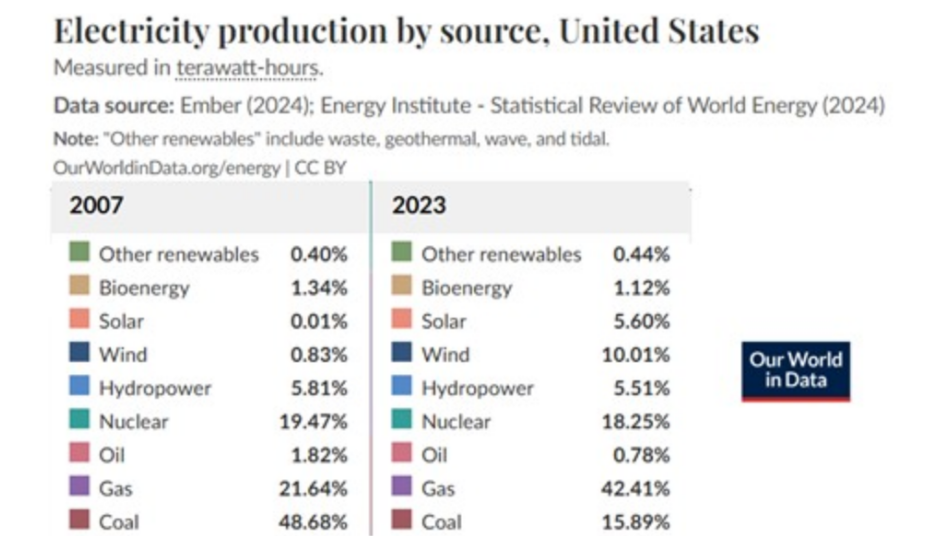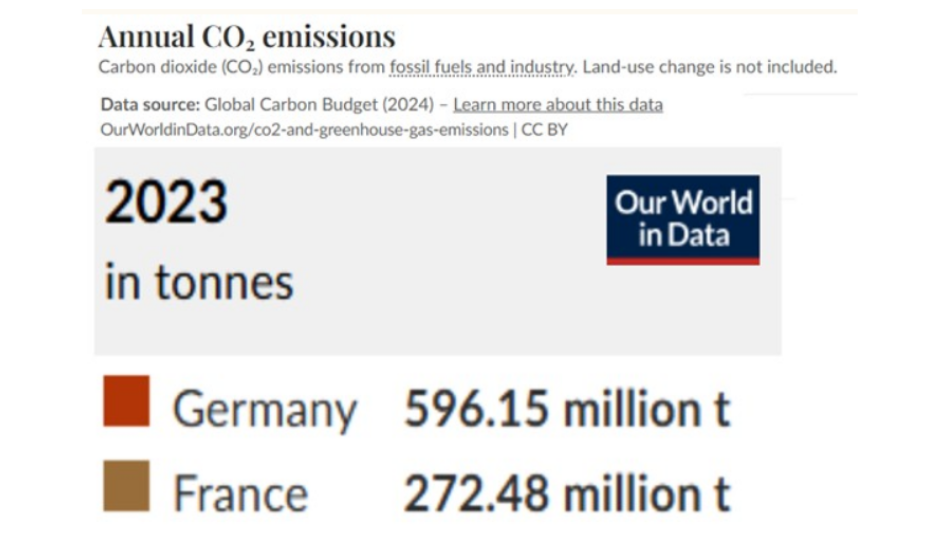Last Friday, the Sierra Club issued a news release opposing construction of the Southeast Supply Enhancement natural gas pipeline through Virginia, the Carolinas, Georgia and Alabama. Additional opponents of the project have included the Southern Environmental Law Center, Appalachian Voices and the Southern Alliance for Clean Energy.
According to Williams, the energy firm hoping to build the pipeline, it will carry fuel “equivalent to what is needed to serve approximately 9.8 million homes.” Even a news release from the Southern Environmental Law Center concedes this will be enough to service up to six new gas-fired power plants.
According to Scientific American, when natural gas is used to fire a power plant it “emits about half of the carbon dioxide emissions as conventional coal plants.” This claim is supported by data from the Department of Energy. So, the Sierra Club and its allies should be celebrating this pipeline as a carbon cutting miracle rather than opposing it. Their decision not to do so exposes them as anti-energy groups masquerading as environmentalists.
When that Scientific American report was produced in 2010, the American electricity sector was a few years into a major shift to using natural gas rather than coal. In 2007, the historic peak for American CO2 emissions, coal-fired power plants produced 48.7 percent of American electricity, and natural gas just 21.6 percent. By 2023, the mix had flipped to 42.4 percent gas and 15.9 percent coal.
As reported earlier by the Capital Research Center, this tradeoff resulted in a 510 million metric ton annual increase in CO2 emissions from burning natural gas, but a decline of 1.4 billion metric tons from the reduced coal use. The difference—a net decline of 893 million metric tons of annual CO2 –exceeded the total combined annual CO2 emissions of France and Germany. (Note: that’s their total economies, not just their electricity generation.)
In simple terms this means that Americans switching from coal to natural gas in just our electricity generation has cancelled out the combined total carbon footprint of two of the world’s seven largest economies.
By making it possible to add more gas-fired electricity rather than coal power plants, the Southeast Supply Enhancement project will help continue this progress. This should be celebrated by the Sierra Club and the rest as a victory for the climate. Instead, they’re opposed.
Why?
Another revealing fact about the aforementioned opponents of natural gas is that they each also oppose nuclear power, which produces functionally zero CO2 emissions. Nuclear is by far the cleanest electricity option we have. And if we exclude weather dependent and grid destabilizing power sources, such as wind and solar, nuclear is overwhelmingly the cleanest reliable power option humanity has ever created.
 The Sierra Club boasts of being “unequivocally opposed to nuclear energy.” Just within the last six years the Southern Environmental Law Center has opposed the use of nuclear power in Georgia, North Carolina, and Virginia. And Appalachian Voices is so twisted around on the issue that in 2022 they even opposed hooking up a small modular nuclear reactor on the site of an abandoned Virginia coal mine.
The Sierra Club boasts of being “unequivocally opposed to nuclear energy.” Just within the last six years the Southern Environmental Law Center has opposed the use of nuclear power in Georgia, North Carolina, and Virginia. And Appalachian Voices is so twisted around on the issue that in 2022 they even opposed hooking up a small modular nuclear reactor on the site of an abandoned Virginia coal mine.
The Southern Alliance for Clean Energy falsely denounced nuclear power as a “high-risk” energy source on a web page that is now conspicuously missing. (The page was still available in 2024.) Nonetheless, the NGO’s news releases covering 2025 still demonstrate sustained hostility to the electricity source that Our World in Data has judged so safe and clean that it kills 25 percent fewer people per kilowatt-hour than even wind turbines, and emits 88 percent less CO2 than solar panels.
In a final hint of hypocrisy, some of these NGOs were once friendly to natural gas. According to the InfluenceWatch profile of the Sierra Club:
From 2007 through 2010, the Sierra Club took over $25 million from the natural gas industry. Most of the donations came from Aubrey McClendon, the CEO of Chesapeake Energy, which is involved in fracking. The money was used to help promote the “Beyond Coal” campaign.
As noted above, this was during the period before natural gas became our major carbon cutting replacement for coal.
Anti-gas and anti-nuclear. The Sierra Club, the Southern Environmental Law Center, Appalachian Voices and the Southern Alliance for Clean Energy aren’t behaving as if they are opposed to carbon emissions. What they’re really opposed to is every reliable power source that we have.
They are not environmental NGOs. They are anti-energy NGOs.













